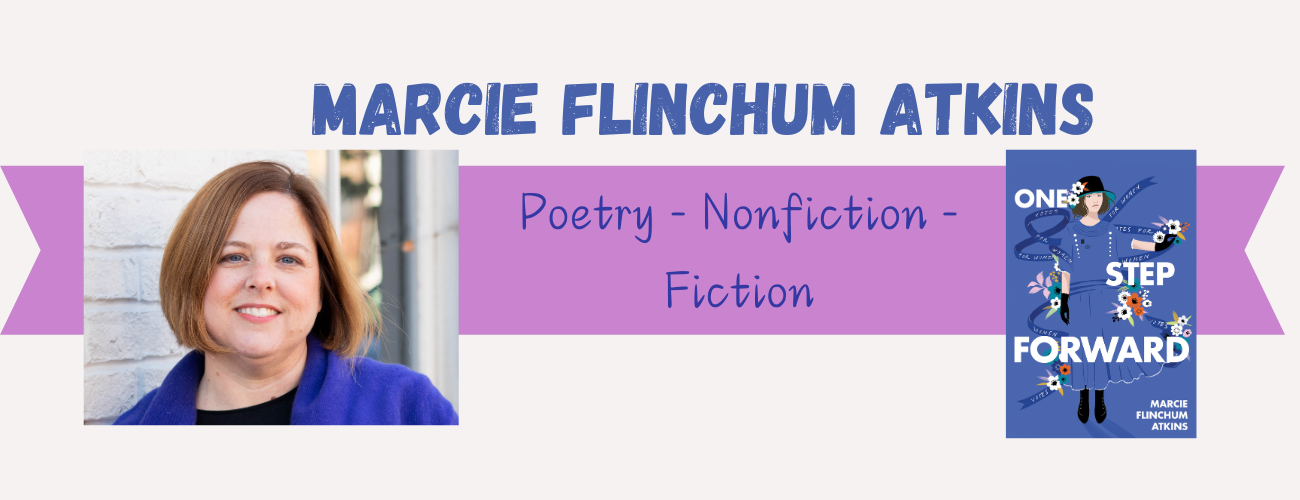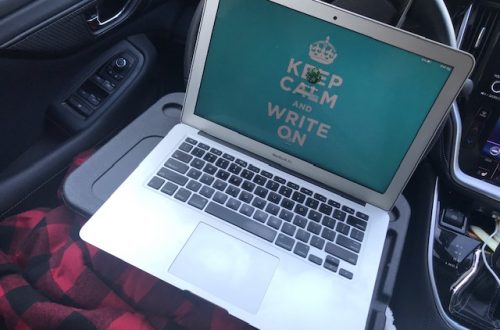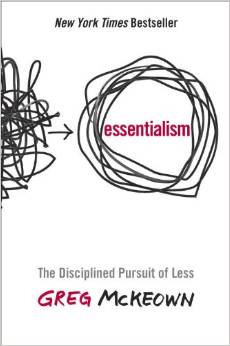We’re All in This Together: Revision Tips Post #1
Today children’s writers share their favorite revision tips. I hope you will find some practice ways to revise your writing in today’s post.
EW Clark
YA novelist
ewclark.net
I slog through early stage revision like everyone else — cutting out tens of thousands of words and rewriting. But the hardest part for me is getting the last 5 – 10% done. At that point, I’ve seen the novel so many times that I find my eye skips over problems — I can’t read it fresh anymore. But I’ve found a solution: when I feel that I’m at that stage, I read it on my e-reader for the first time. Seeing it formatted as a ‘real book’ makes problems readily apparent, and really transforms and renews the manuscript for me; it gets me through the final stage.
I used to hate revision — mainly because by the time I forced myself to revise I’d finished, it was a huge rewrite, etc. etc. But I am lucky now — I have a great group of critique partners, and I’ve learned to trust their responses. While this is a hugely subjective undertaking, it’s been my experience that the concerns raised by my critique partners — if I don’t address them — WILL recur! It saves me an enormous amount of time, and brings me a much better and more cohesive first draft, to deal with what they tell me as I go along. I don’t make changes that I really feel are “wrong” (not true to my vision of the story), but more often than not, concerns they raise ring an internal bell with me. Ongoing critique, from partners who really get what I’m doing — whether or not it’s their cup of tea — has been transformative for me as a writer.
Elizabeth Parker Garcia
http://elizabethparkergarcia.com
I’ve come to understand that you should expect to revise several times. When I first started writing, I would obsess over every single word of each first draft because I didn’t want to have to “waste time” in revision. Inevitably, I felt pained when I had to cut large sections of text. Now, I understand that my labor is better-invested in revision. It is easier to cut or change early work if you know you’re going to cut/change when you are writing it. It takes time to know where your story should really start, why the story deserves to be shared, whose voice should tell it, and where your story should really end. Until you know these things, you haven’t revised enough to start a serious, writing-for-keeps, draft.
Alayne Kay Christian
Author of “Butterfly Kisses for Grandma and Grandpa”
http://alaynekaychristian.wordpress.com/
As always, thank you, Marcie for starting this great series.
I approach revisions in a million different ways. If only there were truly a million ways, then I would have a year’s worth (maybe two) of blog posts Today, I will keep it down to five tips. Okay . . . six. I couldn’t stop at five.
1. Always read aloud, and always read a printed copy of the manuscript.
2. Watch for sentences or sections of the manuscript that do not move the story forward.
3. If you belong to a critique group, copy all critiques into one document. Keep an open mind, go through them all and highlight the remarks that you think might make your story better. Revise accordingly.
4. Stay aware of the story structure, and make sure all components are there.
5. Purchase a style manual, and any time you are in doubt about grammar or punctuation, refer to the manual.
6. When I think I am done with a picture book manuscript, I do a dummy book using PowerPoint. Going back through and reading individual pages, as they might be printed in the published book, usually uncovers additional revisions that are needed.
Lori Degman
Children’s Author
www.Loridegman.com
My advice is for revising rhyming stories. The best thing you can do to work on meter is have someone, who has never read your story, read it out loud for you. You’ll hear the places they “trip up” and you’ll know what needs fixing. Also, look at your rhyming words and see if there are more creative and unexpected words you can use.
Sue Heavenrich
http://archimedesnotebook.blogspot.com/
I like thinking of it as re-visioning: seeing the story through new eyes. So sometimes I’ll re-tell the story through a different point of view. If it was third-person I’ll try first person. Sometimes I’ll tell the story from a different character’s perspective – and that gives me new perspective, too. Once I did that and found that my main character wasn’t the main character after all. A couple weeks ago I decided to rewrite a story using just dialog, and today I’m cutting up a nonfiction manuscript and re-ordering the pieces to see if a different skeleton frames the story better.




4 Comments
Hannah Holt
Great tips everyone. I second (or third) the call to have someone else read the picture book story aloud. It’s enlightening to hear the places that might trip a reader.
Marcie Flinchum Atkins
Yes, I love that too. Having someone else read it makes the stumbling spots blatantly obvious. That’s something I have my students do also. We did it this week when revising poems.
Stacy S. Jensen
If I’m in a group where we read our own work, I always be sure to note where the author contradicts his or her own work. I prefer someone else read my work. Thanks to all for sharing these tips.
Pingback: